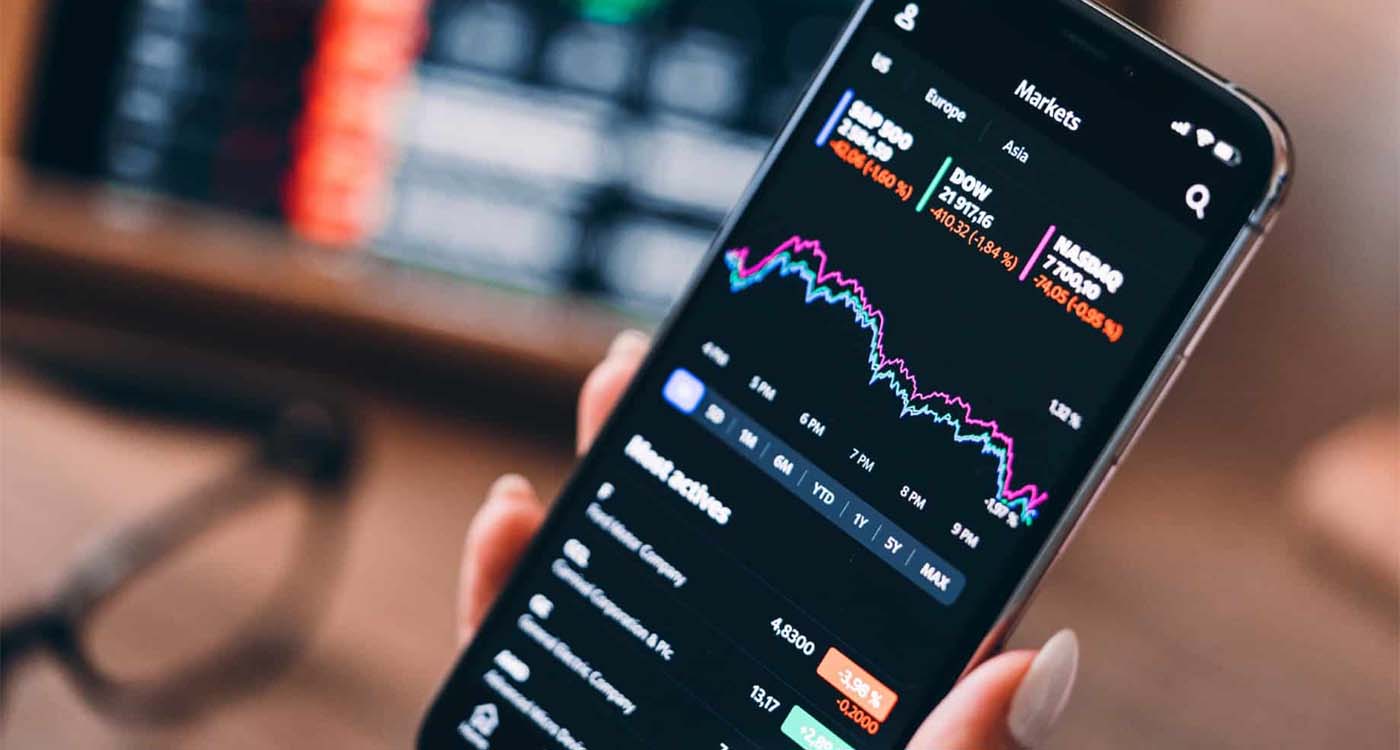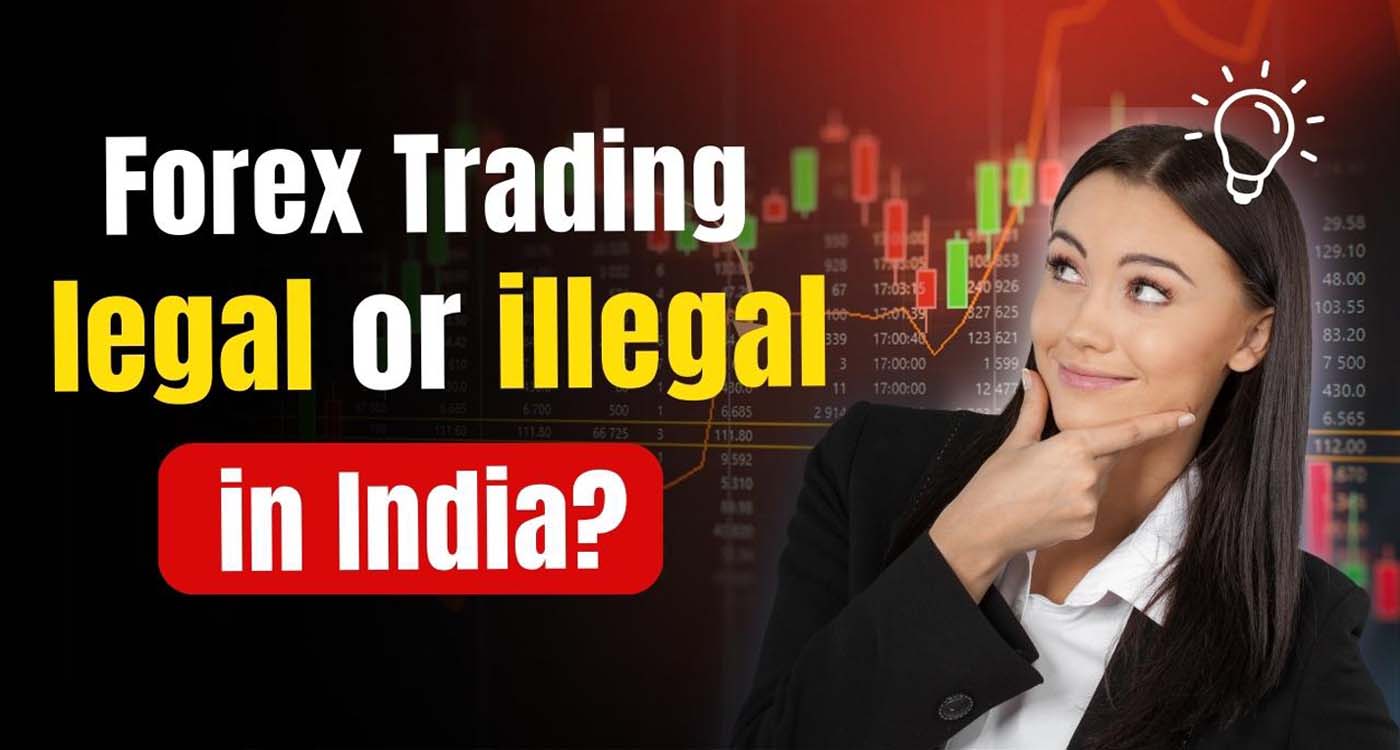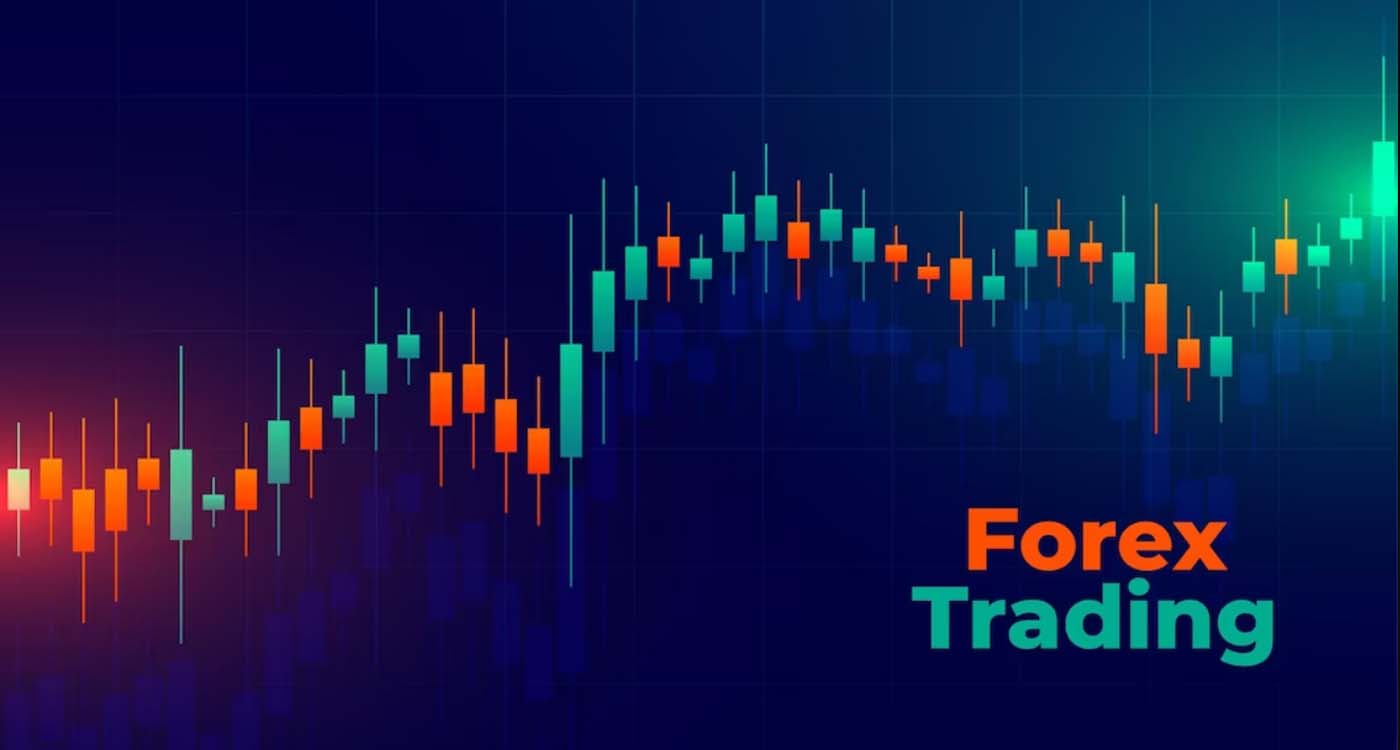Forex trading, also known as foreign exchange trading or currency trading, is the global marketplace where currencies are bought and sold. It’s the largest and most liquid financial market in the world, with a daily trading volume that exceeds $6 trillion. Forex trading plays a crucial role in the global economy, allowing businesses, investors, banks, and individuals to exchange currencies for various purposes. In this comprehensive article, we will explore what forex trading is, how it works, and the key components that make up this dynamic market.
1. Understanding Forex Trading Basics
1.1 Currency Pairs
At the core of forex trading are currency pairs. A currency pair consists of two currencies, with one being the base currency and the other the quote currency. The exchange rate tells you how much of the quote currency you need to buy one unit of the base currency.
For example, in the EUR/USD currency pair, the euro (EUR) is the base currency, and the US dollar (USD) is the quote currency. If the exchange rate is 1.2000, it means that 1 euro is equivalent to 1.2000 US dollars.
1.2 Exchange Rate
Exchange rates are constantly changing due to various factors such as economic data releases, geopolitical events, market sentiment, and central bank policies. Traders in the forex market aim to speculate on these price movements, either by buying a currency pair (going long) with the expectation that its value will rise or by selling a currency pair (going short) with the anticipation that its value will fall.
1.3 Market Participants
The forex market is a decentralized market, meaning there is no central exchange. Instead, participants trade electronically through a network of banks, financial institutions, brokers, and individuals. The key participants include:
Retail Traders: These are individual traders who engage in forex trading for personal investment or speculation.
Institutional Traders: Institutions such as banks, hedge funds, multinational corporations, and asset managers participate in forex trading for various purposes, including hedging against currency risks.
Central Banks: Central banks play a crucial role in the forex market by implementing monetary policies that can influence exchange rates.
2. How Forex Trading Works
Forex trading involves the simultaneous buying of one currency and selling of another in a currency pair. Traders seek to profit from changes in exchange rates by predicting whether a currency will appreciate or depreciate relative to another currency. Here’s a step-by-step explanation of how forex trading works:
2.1 Currency Pair Selection
Traders choose a currency pair they want to trade based on their analysis and trading strategy. The choice of currency pair depends on various factors, including market conditions, economic events, and personal preferences.
2.2 Position Selection
Traders decide whether to take a long (buy) or short (sell) position in the chosen currency pair. If they believe the base currency will appreciate, they go long; if they expect it to depreciate, they go short.
2.3 Order Placement
Traders place orders through a forex broker, specifying the currency pair, trade size (lot size), entry price, and other parameters. There are several order types, including:
Market Order: A market order is executed immediately at the current market price.
Limit Order: A limit order is placed at a specific price, and it will be executed when the market reaches that price.
Stop Order: A stop order is used to limit losses or protect profits. It becomes a market order when the specified price is reached.
2.4 Monitoring and Exiting the Trade
Once a trade is executed, traders closely monitor the market’s price movements. They can exit the trade when they reach their desired profit target, incur a set level of loss, or when their trading strategy signals an exit.
3. Factors Influencing Forex Markets
Several factors contribute to the fluctuations in exchange rates in the forex market:
3.1 Economic Indicators: Economic data releases, such as GDP growth, employment figures, inflation rates, and trade balances, can significantly impact currency values. Positive data may strengthen a currency, while negative data may weaken it.
3.2 Interest Rates: Central banks’ interest rate decisions play a vital role in currency movements. Higher interest rates in a country tend to attract foreign capital, increasing demand for its currency.
3.3 Geopolitical Events: Events like elections, trade negotiations, conflicts, and geopolitical tensions can lead to rapid and unpredictable changes in exchange rates.
3.4 Market Sentiment: Traders’ perceptions and market sentiment can influence currency prices. For example, a sudden wave of optimism about a country’s economic prospects can lead to an appreciation of its currency.
3.5 Central Bank Policies: Central banks can influence exchange rates through their monetary policies, including interest rate adjustments and open market operations.
4. Trading Strategies
Forex traders employ various strategies to make informed trading decisions. Some common trading strategies include:
4.1 Technical Analysis: Traders use historical price charts, technical indicators, and patterns to predict future price movements.
4.2 Fundamental Analysis: Traders analyze economic data, central bank policies, and geopolitical events to determine a currency’s intrinsic value.
4.3 Sentiment Analysis: Sentiment analysis involves assessing the market sentiment through factors like news sentiment, social media sentiment, and trader positioning.
4.4 Algorithmic Trading: Algorithmic trading, or automated trading, uses computer algorithms to execute trades based on predefined criteria.
5. Risk Management
Effective risk management is crucial in forex trading to protect capital. Strategies for risk management include:
5.1 Stop-Loss Orders: Traders set stop-loss orders to limit potential losses by automatically closing a trade when a specific price level is reached.
5.2 Position Sizing: Determining the size of a trading position based on risk tolerance and the distance to the stop-loss level.
5.3 Diversification: Spreading trades across multiple currency pairs or assets to reduce risk exposure.
5.4 Risk-Reward Ratio: Evaluating potential profits against potential losses before entering a trade to ensure that the potential reward justifies the risk.
6. Forex Market Risks
While forex trading offers substantial profit potential, it also carries inherent risks:
6.1 Volatility: The forex market can be highly volatile, with rapid and unpredictable price movements that can lead to significant gains or losses.
6.2 Leverage: Many forex brokers offer leverage, allowing traders to control larger positions than their initial capital. While leverage can amplify profits, it also increases the risk of substantial losses.
6.3 Lack of Regulation: The decentralized nature of the forex market means that not all brokers are subject to the same level of regulatory oversight. It’s essential to choose a reputable broker regulated by a recognized authority.
6.4 Emotional Trading: Emotional decisions can lead to impulsive trades and losses. Discipline and emotional control are essential for successful trading.
7. Forex Trading Platforms
Forex traders access the market through online trading platforms provided by brokers. These platforms offer real-time price quotes, technical analysis tools, and order execution capabilities. Some popular trading platforms include MetaTrader 4 (MT4) and MetaTrader 5 (MT5).
8. Conclusion
Forex trading is a vast and dynamic market that offers opportunities for profit and risk. Understanding its fundamentals, participating in ongoing education, and practicing effective risk management are essential for success. Whether you are a beginner or an experienced trader, forex trading can be a rewarding endeavor when approached with discipline and a well-defined trading strategy.





